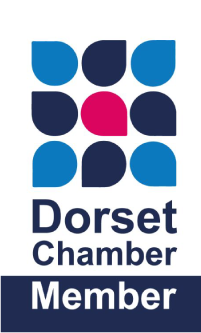Conversions are essential for any business, yet many don’t realise how much this metric can influence the success of their company. From optimising website design to increasing sales and leads, conversions are a hugely important part of running an effective and profitable business.

So how do you know which conversions will work best for you? To make life easy, we’ll explore the different types of conversions available and discuss which ones you should be focusing on to ensure greater profitability for your business.
What are the different types of conversions?
Conversions can be a tricky subject, especially if you’re new to the digital marketing world.
In essence, a conversion occurs whenever a user takes a desired action on your website or mobile application. These actions can vary depending on your business goals, whether that’s making a purchase, filling out a form, or subscribing to a newsletter.
Today, there are several different types of conversions to keep in mind, including macro conversions (the primary objective of your site), micro conversions (secondary actions that lead to macro conversions), and assisted conversions (when multiple touch points contribute to the final conversion). Understanding each of these types – and how they relate to your overall marketing strategy – is crucial for optimising your website’s performance and boosting your ROI.
Which type(s) of conversion is right for my business?
As a business owner, deciding on which type of conversion to use can be a daunting task. There are several options available, each with its own advantages and disadvantages.
One way to determine which type of conversion is right for your business is to consider your target audience. If your audience is primarily mobile users, then optimising for mobile conversions would be the way to go.
On the other hand, if your target audience is older and less technologically savvy, then more traditional forms of conversion, such as a phone call or in-person visit, may be more effective. It’s also important to examine your business goals and the type of products or services you offer.
Ultimately, the best approach is to take a holistic approach that considers all the factors mentioned and formulate a conversion strategy that best suits your business needs.
What are the signs your current type of conversion is not working for you?
In the world of online marketing, conversion is the name of the game. It’s what turns mere visitors into loyal customers and helps businesses grow. But what happens when your current type of conversion just isn’t working for you? The signs can be subtle, but they are there.
Perhaps you’re seeing low click-through rates, high bounce rates, or low engagement levels. Or perhaps you’re simply not seeing the results you expected, no matter how hard you try.
Whatever the case may be, it’s important to recognise the signs that your current approach is not effective, and to be willing to try new tactics to see what works best for your business. After all, the key to success is staying agile and adaptable in a constantly evolving digital landscape.





